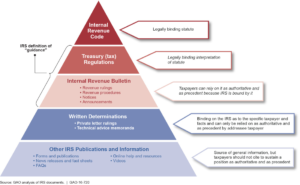The Internal Revenue Service (IRS) views convertible virtual currency as property, not foreign currency. As such, taxpayers must record and track the tax basis of each unit of virtual currency held in order to properly report taxable gain or loss when disposing of a unit or units of virtual currency. This article reviews the IRS’s position with respect to the identification and tax basis of such units.
read more

 Subscribe
Subscribe





